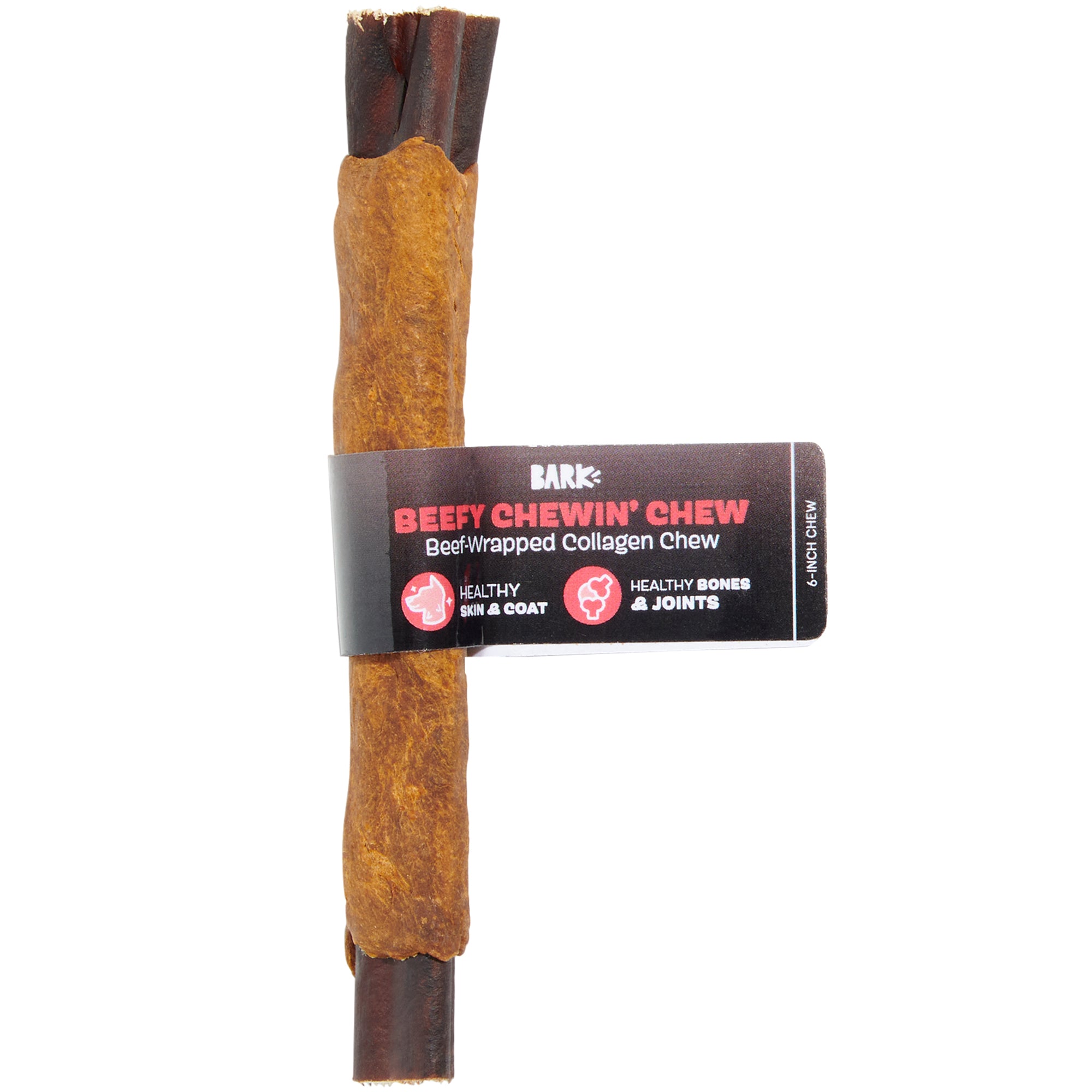Building a Desktop Application with Python and TkinterPython GUIs+15YouTube+15Stack Overflow+15

Image Source: lmmid.com
Introduction
Python is a versatile programming language that, combined with GUI libraries like Tkinter, allows developers to create cross-platform desktop applications efficiently. Tkinter is Python’s standard GUI package and is included with most Python installations, making it an accessible choice for building desktop apps.
In this tutorial, we’ll walk through the process of building a simple desktop application using Python and Tkinter. We’ll cover setting up the environment, creating the main application window, adding widgets, and handling user interactions.code-b.dev
Prerequisites
Before we begin, ensure you have the following installed:
- Python 3.x: Download and install from the official website.
- Pillow: A Python Imaging Library fork that adds image processing capabilities to your application. Install it using pip:
bash
CopyEdit
pip install Pillow
Setting Up the Project
- Create a Project Directory:
Organize your project by creating a dedicated folder:
bashCopyEditmkdir python_desktop_app
cd python_desktop_app
- Create the Main Python File:
Inside the project directory, create a file named app.py:
bash
CopyEdit
touch app.py
Building the Application
Let’s build a simple image viewer application that displays a die-cast model car image.
1. Import Necessary Modules
In app.py, start by importing the required modules:
pythonCopyEditimport tkinter as tk
from tkinter import ttk
from PIL import Image, ImageTk
import requests
from io import BytesIO
2. Create the Main Application Window
Initialize the main window for the application:Wikipedia, la enciclopedia libre+2code-b.dev+2Википедия — свободная энциклопедия+2
pythonCopyEditroot = tk.Tk()
root.title("Die-Cast Model Viewer")
root.geometry("800x600")
3. Add a Frame to Hold Widgets
Use a frame to organize widgets within the main window:YouTube+3code-b.dev+3Википедия — свободная энциклопедия+3
pythonCopyEditmain_frame = ttk.Frame(root, padding="10")
main_frame.pack(fill=tk.BOTH, expand=True)
4. Load and Display an Image
We’ll load an image from a URL and display it in the application.
pythonCopyEdit# Image URL
image_url = "https://lmmid.com/wp-content/uploads/2025/04/61qXWgMutdL._AC_SL1481_.jpg"
# Fetch the image from the URL
response = requests.get(image_url)
img_data = response.content
# Open the image using Pillow
image = Image.open(BytesIO(img_data))
# Resize the image to fit the application window
image = image.resize((600, 400), Image.ANTIALIAS)
# Convert the image to a Tkinter-compatible photo image
photo = ImageTk.PhotoImage(image)
# Create a label to display the image
image_label = ttk.Label(main_frame, image=photo)
image_label.image = photo # Keep a reference to prevent garbage collection
image_label.pack(pady=10)
5. Add a Description Label
Provide a description for the displayed image:Python GUIs+1code-b.dev+1
pythonCopyEditdescription = "Jada 1970 Chevrolet Chevelle SS Gray Metallic with Black Stripes - Fast & Furious Series 1:24 Diecast Model Car"
desc_label = ttk.Label(main_frame, text=description, wraplength=600, justify="center")
desc_label.pack(pady=10)
6. Add an Exit Button
Include a button to allow users to exit the application:
pythonCopyEditexit_button = ttk.Button(main_frame, text="Exit", command=root.destroy)
exit_button.pack(pady=10)
7. Run the Application
Start the application’s main event loop:Medium+17YouTube+17YouTube+17
python
CopyEdit
root.mainloop()
Complete Code
Here’s the complete code for the application:GeeksforGeeks+4Wikipedia, la enciclopedia libre+4Википедия — свободная энциклопедия+4
pythonCopyEditimport tkinter as tk
from tkinter import ttk
from PIL import Image, ImageTk
import requests
from io import BytesIO
# Initialize the main window
root = tk.Tk()
root.title("Die-Cast Model Viewer")
root.geometry("800x600")
# Create the main frame
main_frame = ttk.Frame(root, padding="10")
main_frame.pack(fill=tk.BOTH, expand=True)
# Image URL
image_url = "https://lmmid.com/wp-content/uploads/2025/04/61qXWgMutdL._AC_SL1481_.jpg"
# Fetch and process the image
response = requests.get(image_url)
img_data = response.content
image = Image.open(BytesIO(img_data))
image = image.resize((600, 400), Image.ANTIALIAS)
photo = ImageTk.PhotoImage(image)
# Display the image
image_label = ttk.Label(main_frame, image=photo)
image_label.image = photo
image_label.pack(pady=10)
# Add description
description = "Jada 1970 Chevrolet Chevelle SS Gray Metallic with Black Stripes - Fast & Furious Series 1:24 Diecast Model Car"
desc_label = ttk.Label(main_frame, text=description, wraplength=600, justify="center")
desc_label.pack(pady=10)
# Exit button
exit_button = ttk.Button(main_frame, text="Exit", command=root.destroy)
exit_button.pack(pady=10)
# Run the application
root.mainloop()
Enhancements and Next Steps
This basic application can be enhanced in several ways:
- Image Gallery: Allow users to browse through multiple images.
- Interactive Features: Add buttons to navigate between images or display additional information.
- Styling: Improve the application’s aesthetics using custom styles and themes.
- Packaging: Use tools like
pyinstallerto package the application into a standalone executable for distribution.
Additional Resources
For more in-depth tutorials and information on building desktop applications with Python and Tkinter, consider the following resources:
- Python GUI Programming With Tkinter - Real Python
- Image Viewer App in Python using Tkinter - GeeksforGeeks
- How to Build a Desktop Application Using Python? Full Tutorial
Friendly Links
Note: This tutorial showcases the integration of product images, such as the Jada 1970 Chevrolet Chevelle SS Diecast Model, into a Python desktop application.








